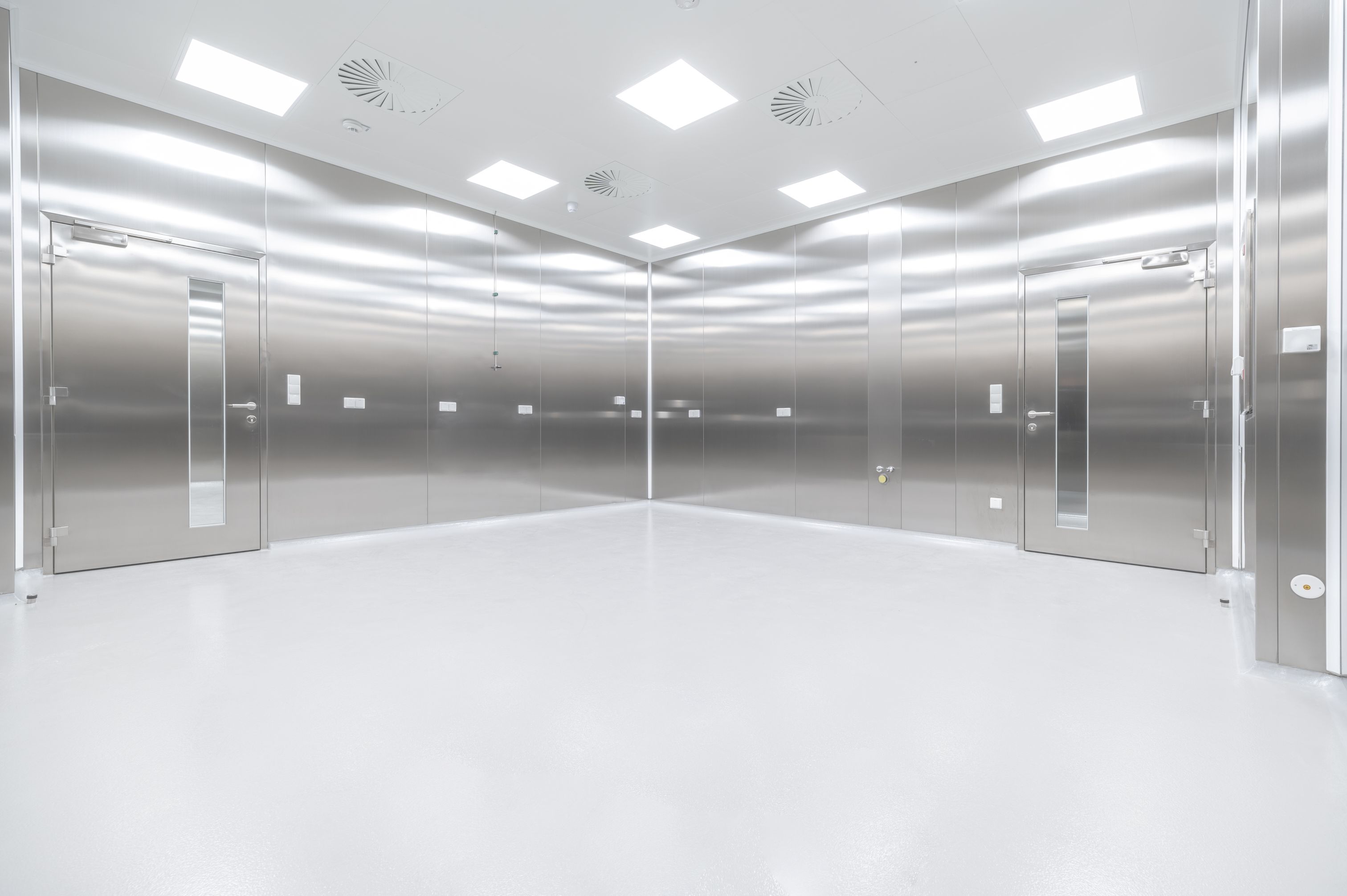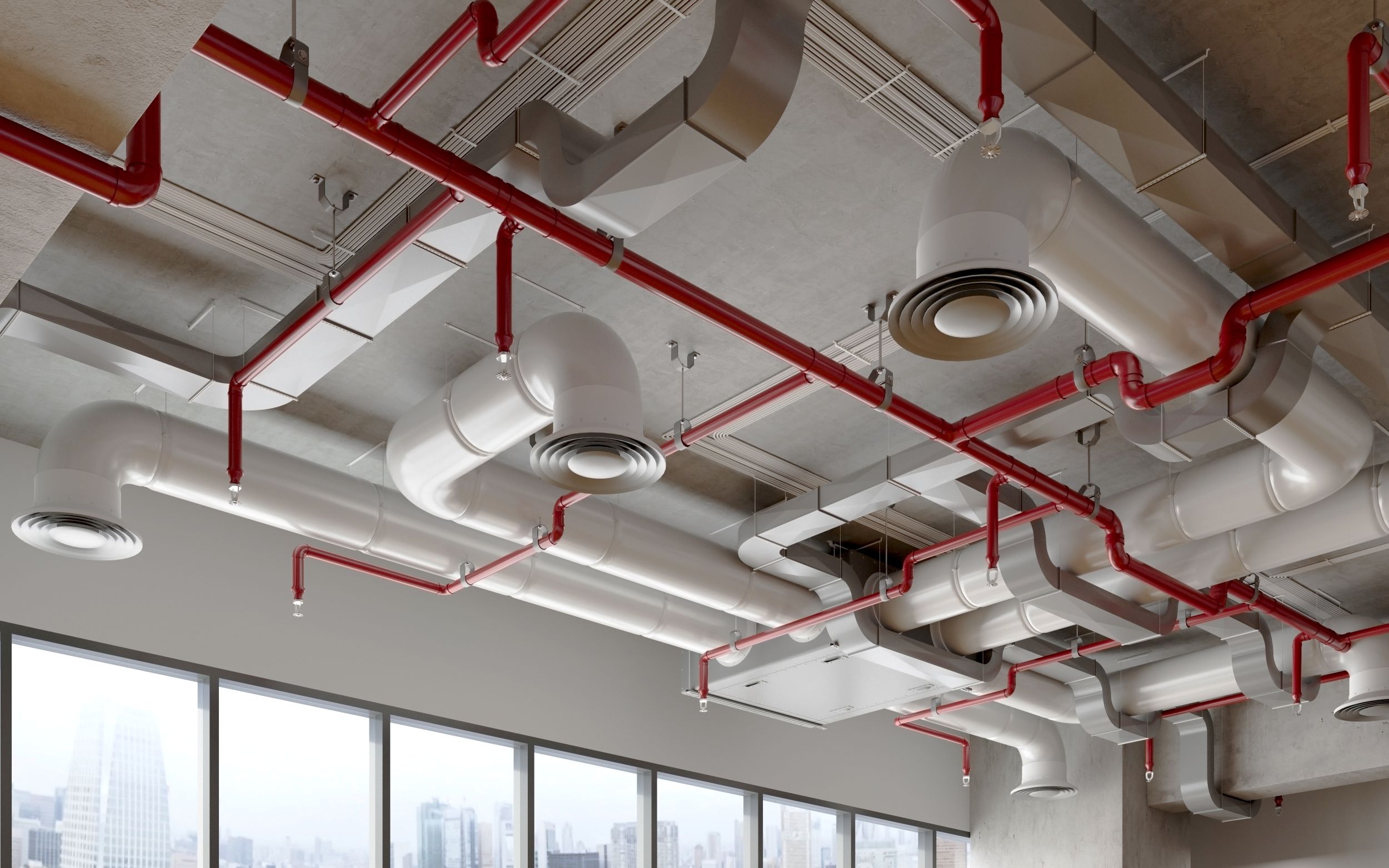Which Flooring for R&D and Laboratory Projects?
A look at some recent R&D projects, the flooring demands of each and why Artigo Rubber Flooring is a great solution for future schemes.

When Roche built its MAB Building 95 in Basel it was stacked vertically, with reconfigurable pipework and dense mechanical loading—the floors had to manage vibration, heavy equipment, and constant cleaning. This is now quite normal in R&D settings so any flooring in these schemes must offer high compressive strength, dimensional stability under load, and chemical resistance to the disinfectants and solvents that dominate biotech maintenance regimes.
At Pfizer’s Boston Center for Therapeutic Innovation, a LEED-Gold multi-tenant build was delivered in record time, and fit-out flexibility was key. Lab layouts would shift, power demands would grow, and each tenant would refit to meet its own needs. Loose-lay UNI LL rubber tile systems now allow rapid installation and reconfiguration; cutting downtime, VOC emissions, and embodied carbon deltas, while still delivering an easily cleaned surface compatible with raised floors. A great alternative to carpet tiles.
Pfizer’s Chesterfield R&D facility showed the rise of “continuous labs”: long, clean spaces linking bench work to write-up zones. Here, the transitions between lab and office needed to be fluid—visually and physically. Rubber’s underfoot comfort, acoustic dampening, and non-slip finish can create a safer, quieter, fatigue-resistant surface that meets both ergonomic and hygiene standards. Unlike epoxy or vinyl, it does not crack under thermal cycling.
In smaller chemistry labs like Pfizer’s B156A, where 21 fume hoods drove massive airflow and redundancy, humidity and condensate cycles punish brittle flooring; rubber flooring's natural elasticity and unique composition can prevent delamination and resist moisture ingress, maintaining integrity.
Even retrofit projects tell the same story. Labs that replaced vinyl and carpet with seamless systems did so because joints failed and adhesives degraded under spills and cleaning. Artigo rubber is factory-cured, inherently seamless at the surface, and weldable for monolithic continuity—without the environmental burden of epoxy resin systems. As practical flooring specialists Artigo also offers unique finishes such as its anti dissipative flooring used by Roche in its Basel R&D hub which can be seen HERE. With each project being unique we are finding that Architects and design teams are speaking to us much earlier in the process so that the flooring is part of the system from the start of the scheme and not an after thought.
You can speak to us directly HERE
So why Artigo Rubber Works in Pharma and R&D
- Chemical and microbial resistance: Dense, bacteriostatic surface tolerates disinfectants and cleaning agents.
- Sustainability: Full Environmental Product Declaration (EPD No. 101.1, 2024) confirms low VOC, low GWP, and long lifespan.
- Ergonomics: Natural resilience reduces leg fatigue for technicians and researchers standing all day.
- Acoustics: Rubber dampens vibration and airborne noise, improving precision and concentration.
- Flexibility: Loose-lay options integrate with raised floors and modular lab design—ideal for future reconfiguration.
In short: when modern pharma labs demand modularity, sustainability, and safety, Artigo rubber flooring isn’t a compromise—it’s an alignment. It performs where the engineering realities meet the human ones.
Footnotes to the research that went into this article
- Roche MAB Building 95 project overview, ISPE Journal (2010).
- “Pfizer Center for Therapeutic Innovation,” Case Study (2013).
- “Pfizer R&D Facility, Chesterfield,” Profile (2018)
- “Pfizer Chemistry Lab B156A,” Case Study (2017).
- EPD Artigo Rubber Flooring, Artigo S.p.A. (2024).


